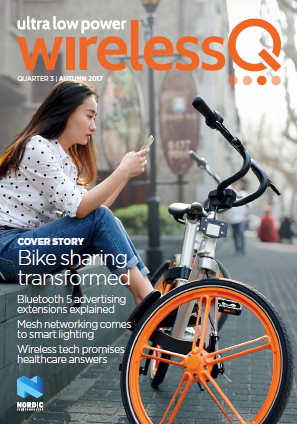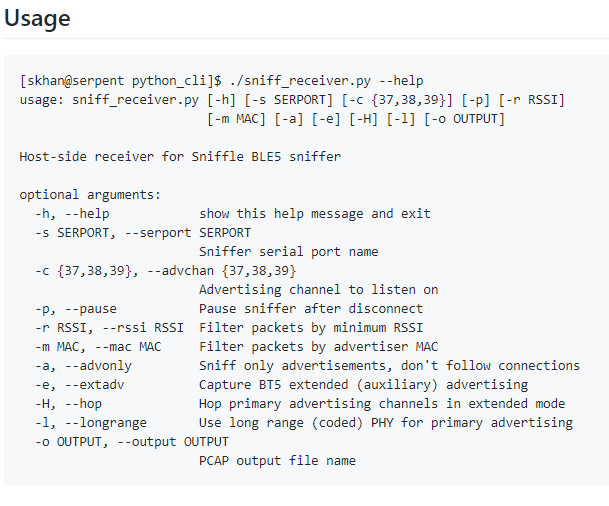Beacons are small computers with a complete System on a Chip (SoC). There are four main companies that manufacturer SoCs: TI, Dialog, NXP and Nordic. Nordic is the most popular SoC for use in beacons, mainly because of the lower (tool) license cost and ease for beacon manufacturers developing the software (actually called firmware) that runs in the beacons.
Nordic has a new free Wireless Quarter Magazine that showcases uses of Nordic SoCs in many types of device, not just beacons.

The magazine also has articles on how Nordic is the first to launch a Bluetooth mesh Software Development Kit, how Mesh strengthens Bluetooth wireless’ IoT credentials and explains Bluetooth 5’s advertising extensions. The article says of Bluetooth 5’s advertising extensions:
“Advertising extensions, periodic advertisements, and connectionless broadcast will have a major impact on beacons”
However, the article says:
“This won’t happen overnight because few current smartphones incorporate Bluetooth 5, but expect beacons to proliferate over the next several years as new smartphones are rolled out”
